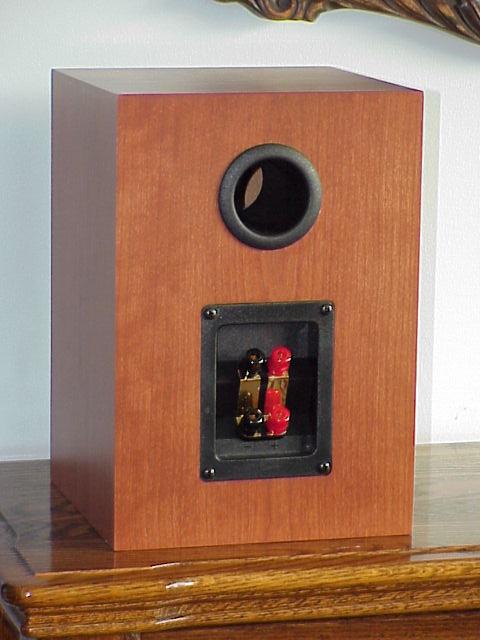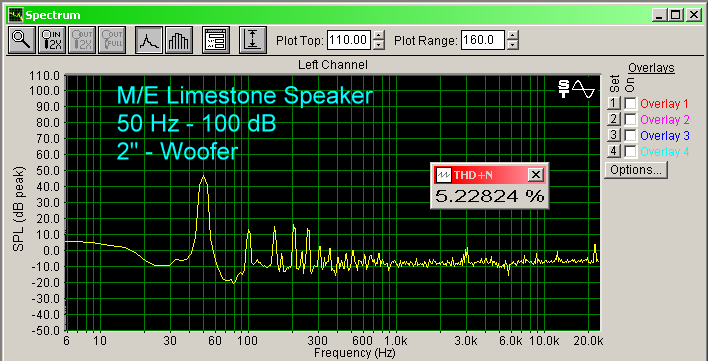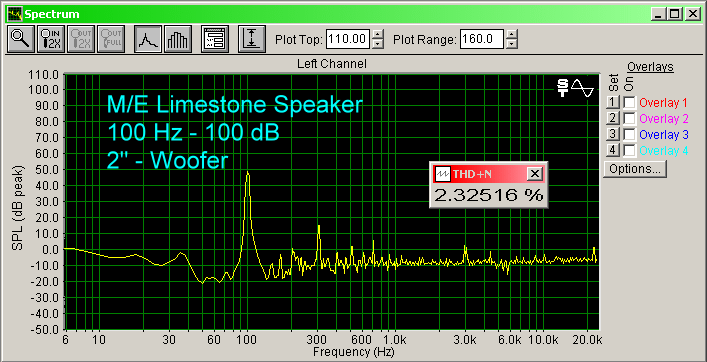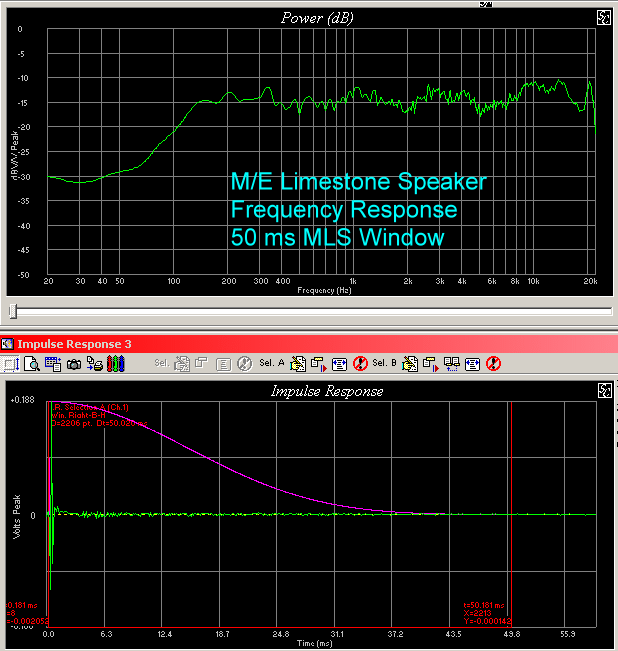|
||||||||||||||||||||||
|
Introduction Producing music for the last few years, I have looked with curiosity at the myriad of products, philosophies, and technologies claimed to offer the ultimate in reproduced music. Trying to keep up with what is going on in the consumer market is a key component of my job, as the studio environment can only hint at how the recording will sound in real-world environments. As I am sure many Secrets readers can attest, the pipeline of new products seems perpetually full, and staying informed could pass for a full-time job. I felt my breadth of knowledge of the industry players was fairly wide, encompassing the starters as well as the benchwarmers who hadn't yet been given a chance to play in the big leagues. Imagine my surprise when I was asked to review a pair of speakers from M/E. M/E stands for Maine (the manufacturing location and Company headquarters) Entertainment. Their website explains that the speaker components are sourced from CAMM Inc. (Custom Audio Manufacturing of Maine). “Partners, James Banfield and Chris Perron, who had worked together for another company, NEAR, created CAMM a few years ago.” I was familiar with NEAR, but unfortunately, never had a chance to hear any of their products. The principals of M/E, Reginald K. Bouffard and Peter S. Frantz, are highly educated professional musicians as well as skilled furniture makers and finishers. Qualifications? Check. The Design The pair of speakers under review, the Limestone, is a two-way surround speaker (12”H x 8.4”W x 8.4”D). It features a 6.5” “ACAD/MFCS” woofer and a 1.1” inverted dome titanium tweeter. Inverted means that the tweeter bulges into the enclosure rather than outward. ACAD stands for Anodized Ceramic Aluminum Diaphragm and is touted as being the lightest, most rigid material that can be produced as well as durable enough for outdoor use.
MFCS stands for Magnetic Fluid Centering System, and among its claimed benefits is lower distortion. Each speaker weighs in at a robust 17 pounds, and the overall fit and finish is a bit better than what you would expect at the price. The silver driver dresses up an otherwise traditional-looking box. The rear features two sets of five-way plastic binding posts (recessed into one of those tiered cups) and includes the flat jumper strips giving you the choice of bi-wiring or bi-aming. Some interesting technology and some old-school craftsmanship. How will the combination come to bear?
The Sound My first impression of the Limestones was the immediate recognition that I was no longer listening to floor-standing, full-range speakers. Although low-frequency extension is claimed at 40 Hz, to my ears, they did not go that low (see frequency response measurements below). When used as the front channels in a two-channel setup, speakers of limited low-frequency extension must not be too analytical or they become fatiguing. The Limestones produce sharp, incisive upper frequencies and the lack of bass highlights this characteristic perhaps more than it would in a more balanced presentation. Solution: Use a subwoofer with these speakers. The highs have a degree of precision that allows the guitar strings on Cat Steven's "Mona Bone Jakon" to display admirable attack characteristics, but the air surrounding the decay is curiously absent. This remastered recording offers plenty of depth if the speakers are up to the task. The guitar sounds are very realistic and are very present even though the scale is too diminutive to be mistaken for Cat himself sitting in the middle of your room. In addition to Cat Stevens, Elliot Smith's "XO" and Fiona Apple's "Tidal" reveal a deficiency handling the human voice. Vocals remain characteristically in the background no matter the recording. My notes reveal words like “cold” and “distant.” The speed and separation of instruments is still there, but when asked to define the center, the speakers fall short of the mark, despite all your rooting. . . . however . . . Radiohead's "Amnesiac" is one of my favorite records of all time. The production is so dense, so layered, you will continue to notice new things in the recording every time you listen. Not merely an audiophile, show-off CD, Amnesiac creates its own world around you if you let it. The Limestones were finally in their element here. They dug deep into the mix and came up with the absolutely eerie noises, effects, if you will, that are so much a part of the recording. Remember, these are bookshelf speakers, not full range floor-standers. On the Bench (JEJ) Distortion tests showed the Limestones to perform quite well. Harmonics were primarily 3rd, 5th, and 7th for both the tweeter and woofer, at 100 Hz and above.
The frequency response is shown below. It is reasonably flat at 150 Hz and above, with a steep rolloff below 150 Hz. At 40 Hz, they are a full 15 dB lower than at 150 Hz, so this is the lack of deep bass that Michael heard. However, this is a quasi-anechoic response, so the actual rolloff in a room will not be quite this steep.
The impedance varies from 5.5 Ohms to 25 Ohms, and electrical phase never strays beyond 450. The impedance valley at 80 Hz represents the tuning frequency. These would be an easy speaker for mass market receivers to drive.
I tried the Limestones as center channel speakers, and they sounded much more intelligible than most other centers. I suspect that low end rolloff was the reason. This differs from Michael's experiences, but I did use them side by side (laying on their sides) as a pair of centers, with the tweeters in the center, rather than one individual speaker. Conclusions How the Limestones compete in their price range is something I cannot answer, but based on all the things they did right, I believe they are worth an audition. They lacked the natural, organic, musical presentation of my full-range Silverlines, but they had an accuracy that was very impressive and that would most likely serve admirably in a room that cannot hold larger speakers.
- Michael Galvin -
|
||||||||||||||||||||||













